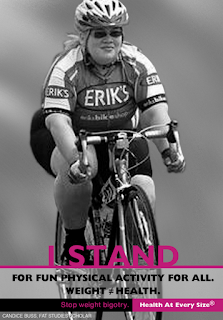I bought pants. Twice.
Some of you may have remembered my vow to give up pants that I made in May. Well....
#1: It started off with a Labor Day sale through Eddie Bauer. When I was a bit smaller, they had a curvy cut of chinos that was serviceable (they do come in plus, but I haven't tried them...they're expensive)). It wasn't perfect, but with a shirt that hit at hip length, it was no big deal. I found out that they have plus sizes on their webpage, and they had a curvy boot cut jean on sale for $19.99 with free shipping. Since I have an Eddie Bauer store near me, I figured that the worst that would happen is that they don't fit and I just bring them back to the store.
I bought two pairs of jeans at two different sizes because my hips were at one size and my waist at another, so I wanted to give the jeans an honest try. With the larger size I had to keep reminding myself that my self-worth has nothing to do with the number on the tag, and that sizes are arbitrary anyhow (despite my Health At Every Size stance, sometimes old thoughts creep back in).
The good news is that I found jeans that fit my body shape (although Eddie Bauer doesn't have petite or short lengths in plus sizes, so they were about 6-8" too long). The bad news is the fabric didn't feel right against my legs, although not many fabrics feel good with the nerve damage lately.
Verdict: jeans returned due to the fabric.
 |
| Locker rooms aren't usually good for self-photos |
Just fyi, the pic to the right doesn't do the pants justice (locker rooms at the YMCA aren't known for fantastic lighting or places to park oneself in front of a mirror). The pic doesn't really do me justice either, but I think I'm just having one of those days where I don't like any of my pictures. I also promised one of my readers to post a fashion-related picture post of me in the wheelchair because clothes fit differently based on different ways of moving around the world.
Even better is the length. They have buckles to make them be either a short capri or crop on an "average height" person....which means that the crop length is perfect as regular pants for me. The D-rings also make a little jingle sound when I move that always makes me smile. The cargo pockets are perfect for when I'm using my wheelchair so I can access my phone & wallet easily, but aren't so bulky that I scrape the pockets when pushing or using a cane.
Verdict: I have pants!! That fit well (even if they get a little short when using my wheelchair), have easily accessible and functional pockets, and the fabric isn't annoying. Hooray!
---
So, I'm not a complete skirt convert. I admit it. Maybe if I can get myself a Maccabi skirt or a Utilikilt, maybe I'll be converted...maybe :-)



